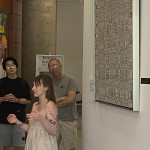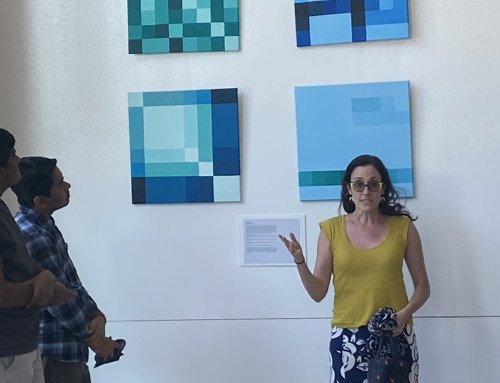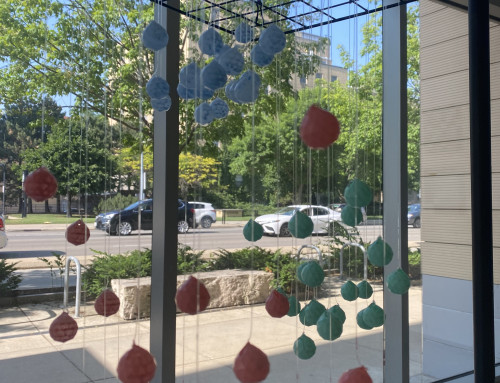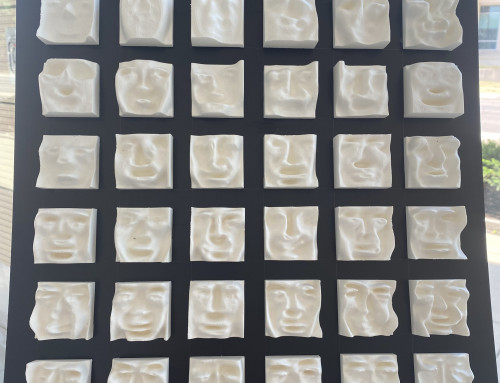Resiliency
For this series, a segment of flax DNA was transcribed for an 8 harness loom.
Resiliency (Part I): Linum usitatissimum
The gene woven here, whose specifics can be found below, has been associated with flax’s resiliency during drought and environmental stress. Woven in overshot, a technique used in traditional Appalachian coverlets, the structure of the gene can be visualized. The series is woven in natural and deconstructed linen.
Organism: Linum usitatissimum
Transcript Name: Lus10013166 (primary)
Location: scaffold359:377647..378581 forward
Description: (1 of 10) K13464 – jasmonate ZIM domain-containing protein (JAZ)
Resiliency (Part II): Linum usitatissimum
The gene woven here, whose specifics can be found below, has been associated with flax’s resiliency during drought and environmental stress. Woven in overshot, a technique used in traditional Appalachian coverlets, the structure of the gene can be visualized. The series is woven in natural and deconstructed linen.
Organism: Linum usitatissimum
Transcript Name: Lus10013166 (primary)
Location: scaffold359:377647..378581 forward
Description: (1 of 10) K13464 – jasmonate ZIM domain-containing protein (JAZ)
Resiliency (Star Constellation): Linum usitatissimum
The gene woven here, whose specifics can be found below, has been associated with flax’s resiliency during drought and environmental stress. Woven in overshot, a technique used in traditional Appalachian coverlets, the structure of the gene can be visualized. The series is woven in natural and deconstructed linen.
Organism: Linum usitatissimum
Transcript Name: Lus10013166 (primary)
Location: scaffold359:377647..378581 forward
Description: (1 of 10) K13464 – jasmonate ZIM domain-containing protein (JAZ)

About the artist: Danielle Burke is an artist and folklorist. She studies textiles, craft pedagogy, and artist communities; her studio practice focuses primarily on the process of weaving. She is currently a PhD student in Design Studies with a focus in History at the University of Wisconsin-Madison’s School of Human Ecology. To see more of her work, see her website at DanielleLouiseBurke.com





